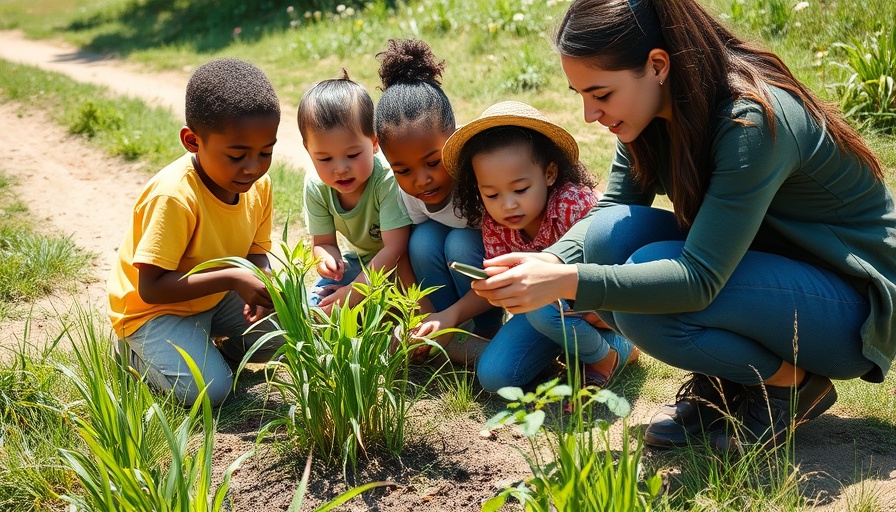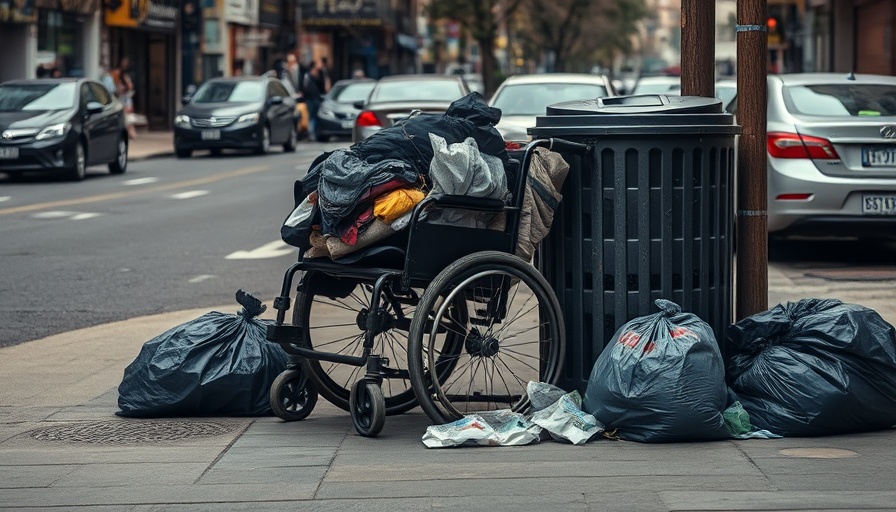
Bayview's Transformative Shoreline Resilience Project
In the heart of Bayview lies a dichotomy of environmental despair and rejuvenation. One one side stands the skeletal remnants of a long-shuttered power plant linked to high asthma rates, while on the other, community efforts are reshaping the very shores that once bore witness to industrial neglect. The Shoreline Resilience Project, part of a broader initiative to combat rising sea levels, is more than just an ecological endeavor; it’s a lifeline for the Bayview community, promising not only environmental restoration but also job opportunities for its youth.
The Beauty of Restoration: Beyond Concrete Barriers
The Bayview community has faced countless environmental challenges, especially after federal seawall plans neglected to include it back in 2018. Amidst this adversity sparked a pivotal shift towards natural solutions instead of conventional seawall structures. The Shoreline Resilience Project aims to restore wetlands, enhance shoreline stability, and establish an oyster reef—a method that could prove critical in safeguarding Bayview from sea-level rise. This holistic approach not only underscores the importance of ecological preservation but also embodies a community’s fight for recognition in a city often left isolated amid urban development.
Creating Opportunities Through Education
At the crux of this transformation lies the Literacy for Environmental Justice program—embodied through initiatives like the eco-apprentice program. This workforce development scheme has proven indispensable in shaping the futures of young Bayview residents. Echoing the thoughts of eco-apprentice graduate Nina Omomo, these apprenticeships provide education far exceeding traditional classroom settings. They draw connections between environmental issues and community health, empowering young individuals to secure meaningful careers in the process.
Stories of Change: Real Voices from the Program
The impact of the eco-apprenticeship can be illustrated through the narratives of its participants. Mariana Rodriguez Reboyoso, fresh out of university, found in this initiative the preparation she needed for her current fellowship with the city. “My time as an eco-apprentice prepared me one thousand percent,” she stated, showing how these hands-on experiences translate into valuable skills in the job market. Such testimonies echo across the community where this program has emerged as a beacon of hope, signaling that with the right support, young individuals can take active roles in environmental stewardship while carving their professional paths.
Community Engagement: A Holistic Approach to Restoration
The Shoreline Resilience Project exemplifies the potential of community-driven environmental projects to provide actionable insights and create real change. By fostering a symbiotic relationship between workforce development and ecological sustainability, Bayview stands as a model for other neighborhoods facing similar struggles. This project is a testament to the community’s resilience and innovation, serving as an example of how localized efforts can lead to significant environmental and economic benefits.
What Lies Ahead: Future Predictions and Community Resilience
Looking forward, the long-term benefits of the Shoreline Resilience Project are promising. While the immediate focus is on job creation and environmental restoration, the overarching goal is to empower the Bayview community economically and socially, reducing vulnerabilities associated with climate change. Observing such projects may compel other cities to reconsider their strategies regarding coastal protection and neighborhood initiatives, inspiring a shift towards more integrated ecological and labor policies.
Conclusion: Taking Action for a Sustainable Future
As we witness the unfolding story of Bayview’s coastline restoration, the key takeaways indicate the vital role community investments can play in combating environmental challenges. The Shoreline Resilience Project not only safeguards natural habitats but also enriches local lives, revealing a pathway where ecological and economic goals align. As the community and its initiatives continue to grow, it beckons all of us to recognize and support these efforts in whatever ways we can—volunteering, advocating, or simply spreading the word about their meaningful work.
 Add Row
Add Row  Add
Add 




Write A Comment